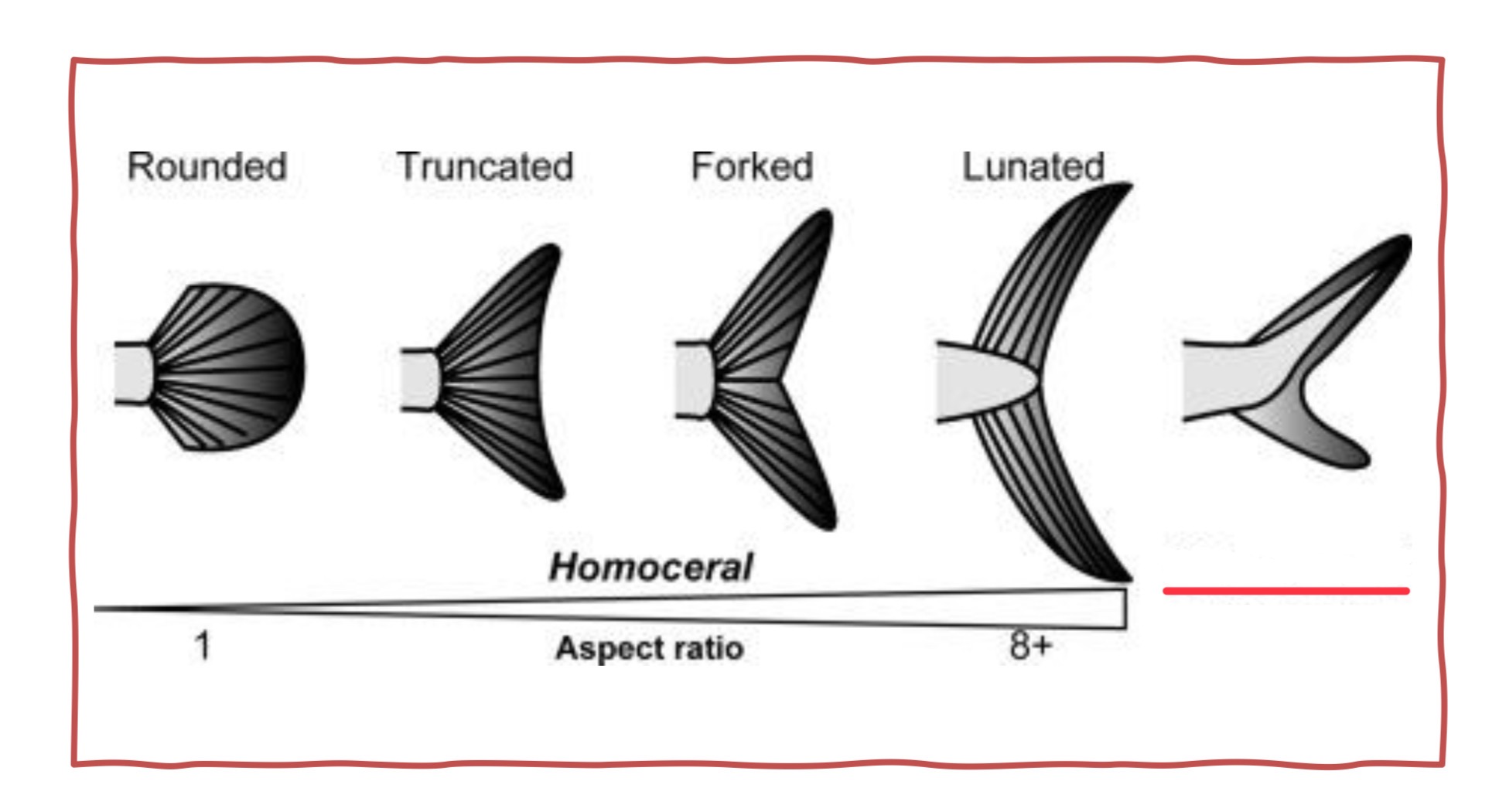WFC 120 Fish orders
1/54
There's no tags or description
Looks like no tags are added yet.
Name | Mastery | Learn | Test | Matching | Spaced |
|---|
No study sessions yet.
55 Terms
Agnathans (jawless fishes)
Mixiniformes (hangfishes)
Petromyzontiformes (lamprey)
Ostracoderms*
Condricthyes (jawed fishes)
Chimaeriformes (Chimeras)
Heterodontiformes (Bullhead sharks)
Lamniformes (Mackrel sharks)
Carcharhiniformes (Ground sharks)
Orectolobiformes (Nurse sharks)
Squaliformes (Dogfish, Sleeper sharks, Cookie Cutter sharks)
Squantiformes (
Torpediniformes (Electric rays)
Rhinopristiformes (Sawfishes)
Rajiformes (Skates)
Myliobatiformes (Bat rays, Eagle rays, etc.)
Placoderms*
Sarcopterygii (lobe-finned fishes)
Coelacanthiformes (Coelacanths)
Dipnoi (Lungfish)
Actinopterygii (ray-finned fishes)
Polypteriformes (Birchirs)
Ascipensiformes (Sturgeons + Paddlefish)
Lepisosteiformes (Gars)
Amiiformes (Bowfins)
Heterodontiformes
Bullhead sharks
Distinct dorsal fins, blunt snouts, nocturnal
Live mostly on rocky reefs and feed on small fishes
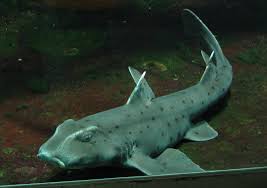
Placoderms*
Extinct
Huge, bony, jawed fish
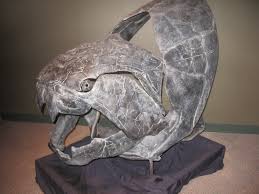
Acanthodians*
Spiny sharks
Extinct
Cartilaginous skeletons; bony plates, spines, & fins
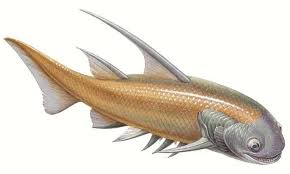
Chimaeriformes
Chimeras
Deep sea predators w/ high protein diet
Lack stomach, upper jaw not fused to neurocranium, tooth plates, oviparous
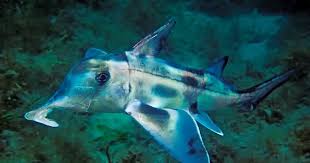
Orectolobiformes
Nurse sharks
Evolved suction feeding + mechanism for pumping water over their gills
Whale sharks
Epipelagic, occasionally mesopelagic
Planktivores: gill rakers + RAM feeding
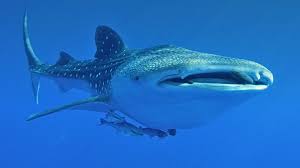
Squaliformes
Dogfish, Sleeper Sharks, Cookie Cutter Sharks
2 dorsal fins w/ spines, no anal fin or nictitating membrane, 5-7 gill slits
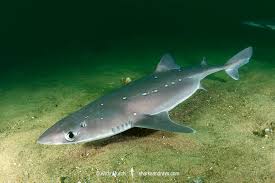
Lamniformes
Mackerel sharks (great white, thresher, mako)
Pointy snout, fusiform to thunniform, lack nictitating membranes
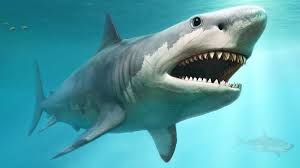
Carcharhiniformes
Ground sharks (ie hammerheads)
2 dorsal fins, anal fin, 5 gill slits
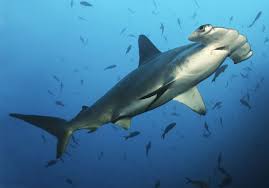
Torpediniformes
Electric rays
Rounded pectoral disc, muscular caudal fin, ventral mouth and nostrils, muscular electric organs
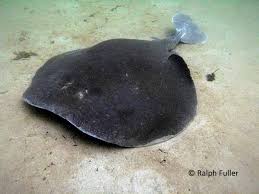
Rhinopristiformes
Sawfishes
Large rostrum “saw” detects and disables prey in sediment
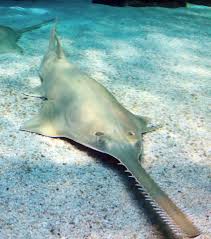
Rajiformes
Skates
Depressed body, large pointed pectoral fins, ventral mouth, gills, and nose
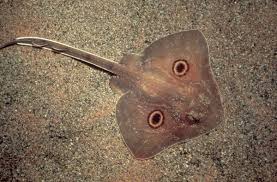
Myliobatiformes
Bat Rays, Manta Rays, Sting Rays, etc.
Extremely flattened, benthic or pelagic, serrated, often venomous spine located on tail
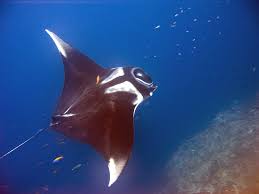
Compressed
Body is compressed laterally
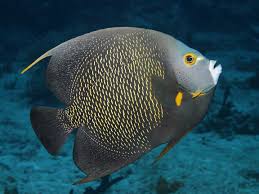
Globiform
Round body shape
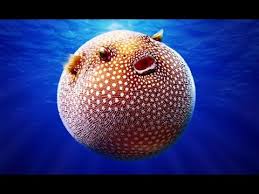
Anguilliform
Long, slender body shape
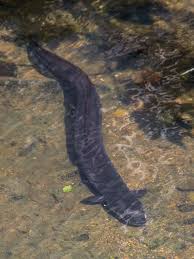
Depressed
Body is compressed longitudinally
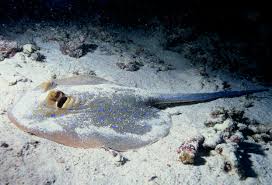
Fusiform
Body plan designed for burst speed; common in ambush fishes
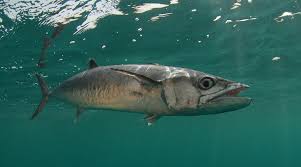
Thunniform
Body plan designed for long distance, mesopelagic swimming; common in migratory fishes
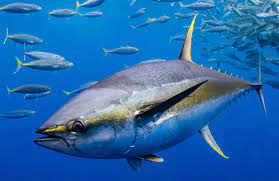
Anguilliform movement
Whole body is used to displace water in order to generate movement

Subcarangiform movement
Used to navigate complex environments

Carangiform movement
Used for burst movement

Thunniform movement
Used for long distance swimming

Inferior mouth
Downward pointing mouth; often found in bottom-feeding fish
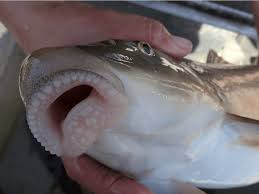
Superior mouth
Upward-pointing mouth; found in fish that feed on the water surface
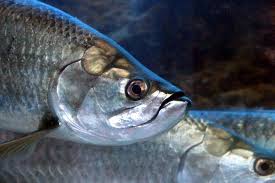
Terminal mouth
Mouth at the end of the snout; found in most fishes
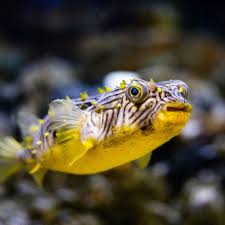
Anterior
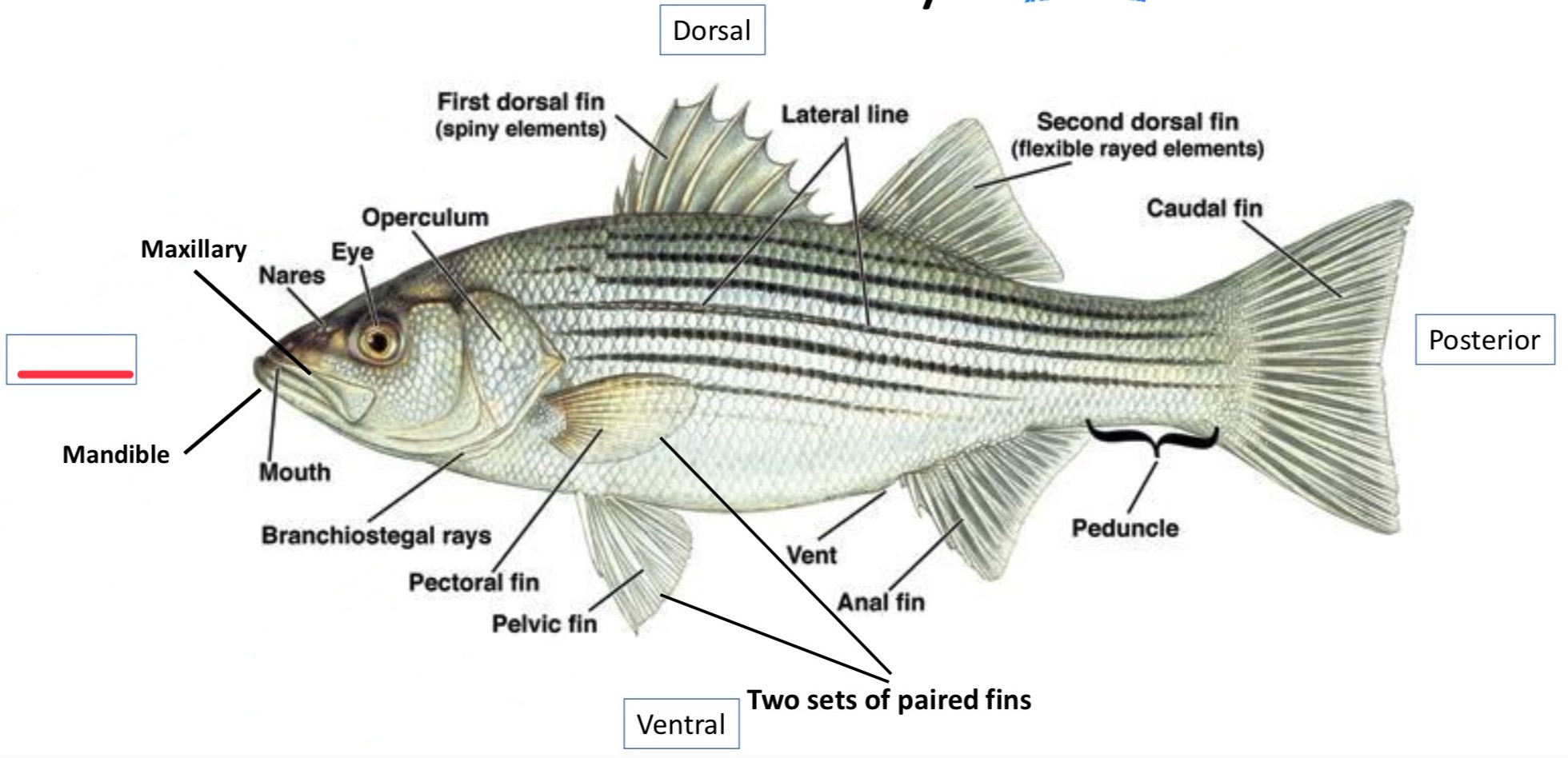
Posterior
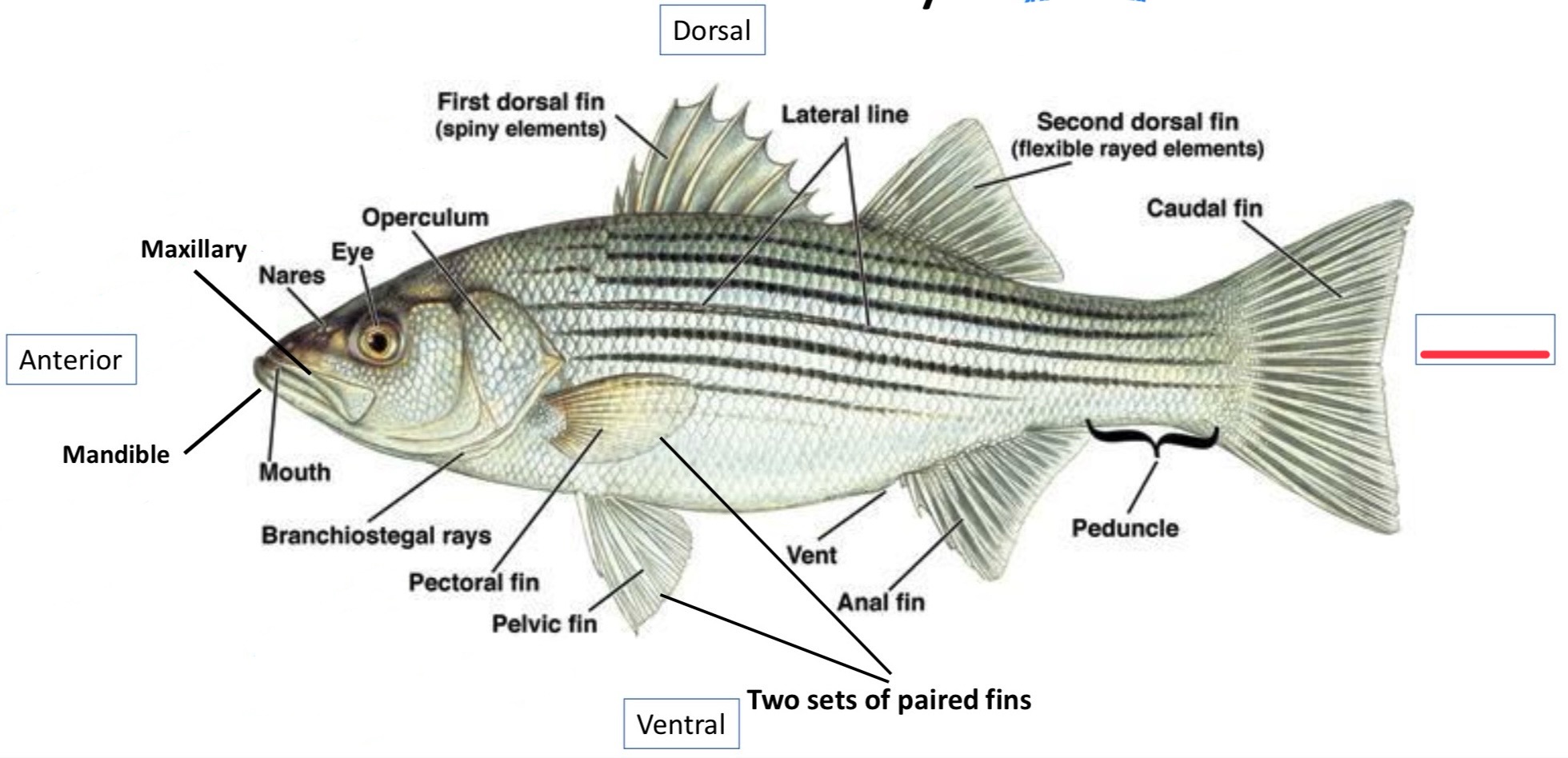
Dorsal
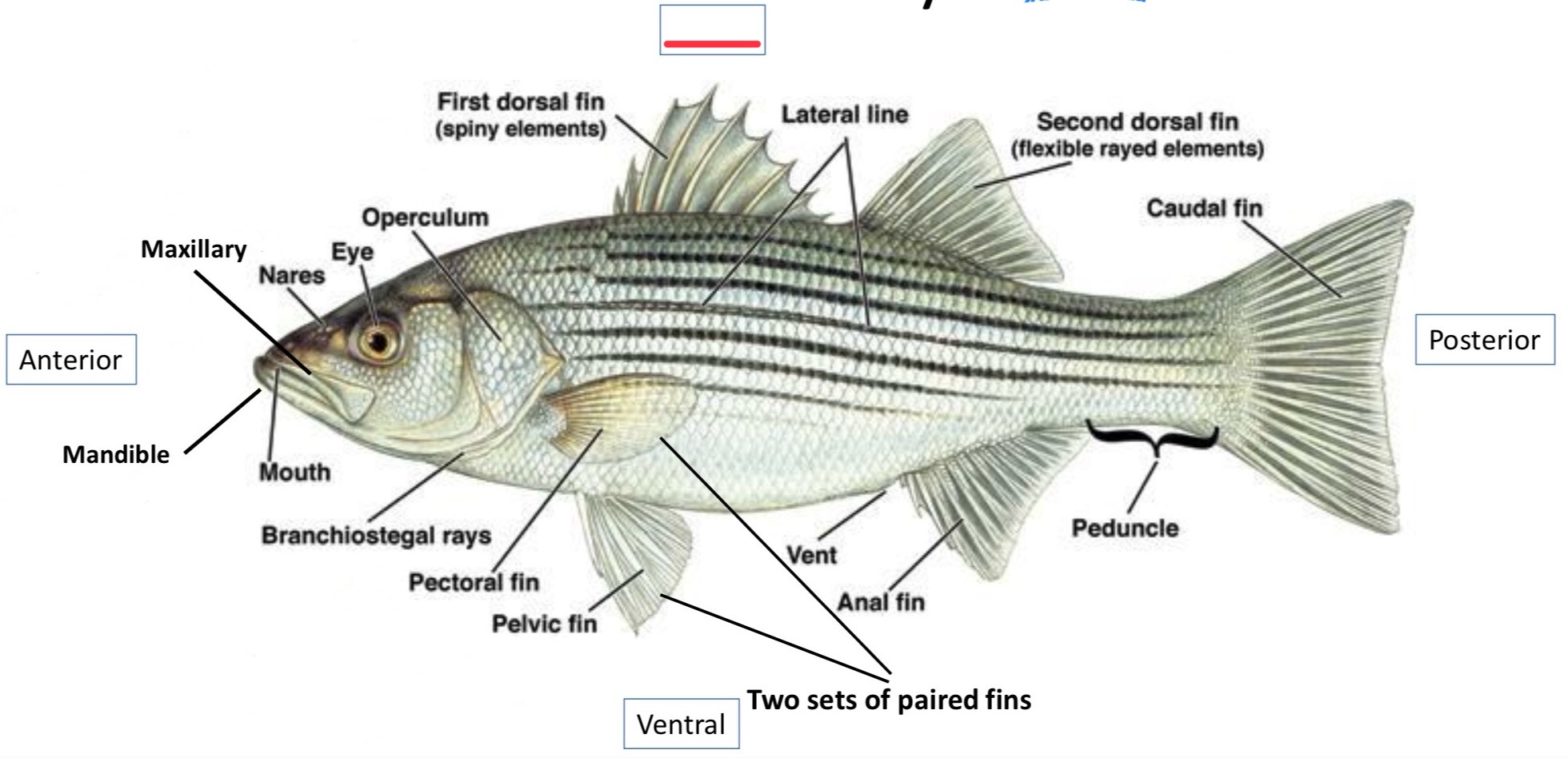
Ventral
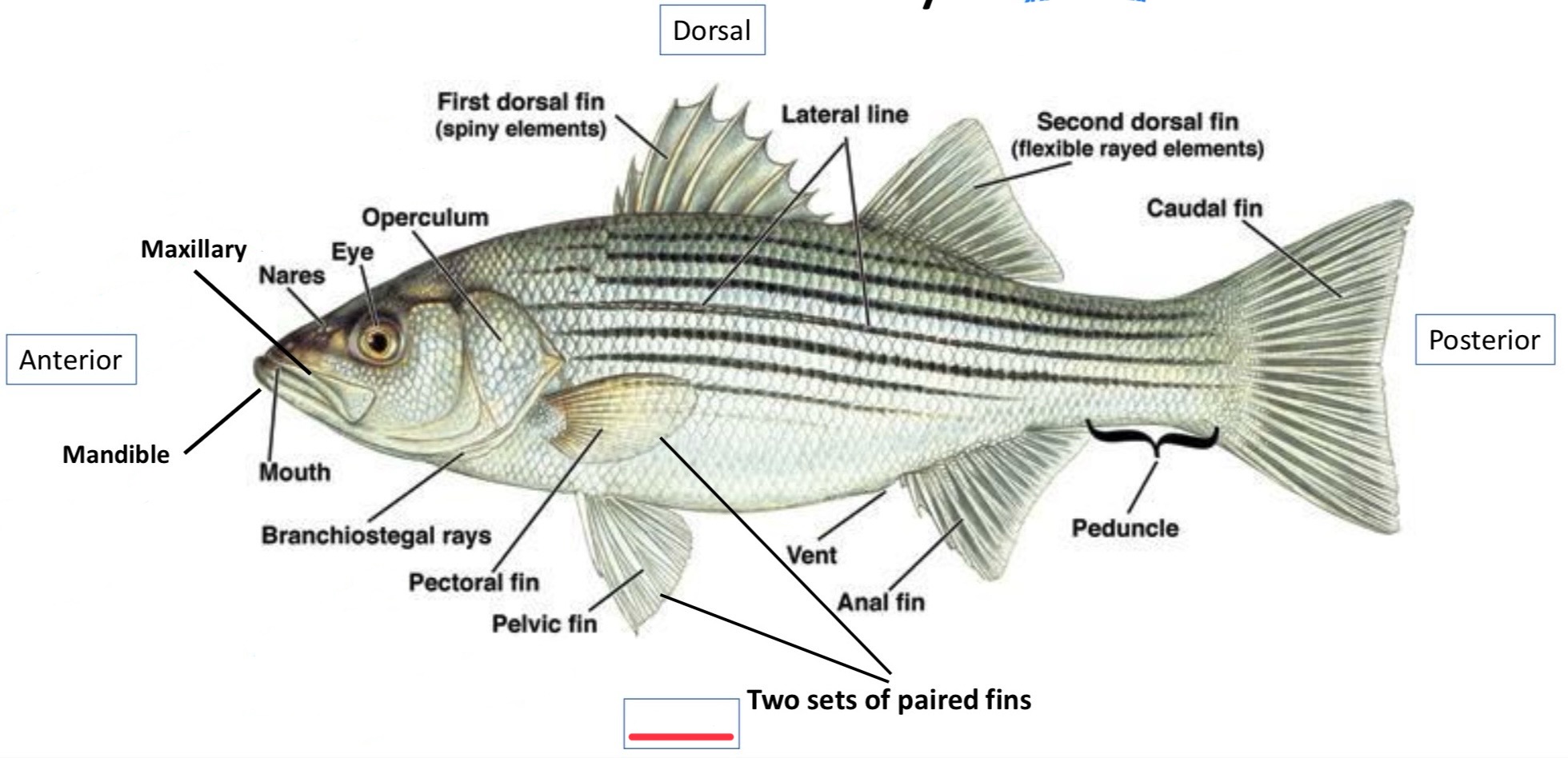
Maxillary
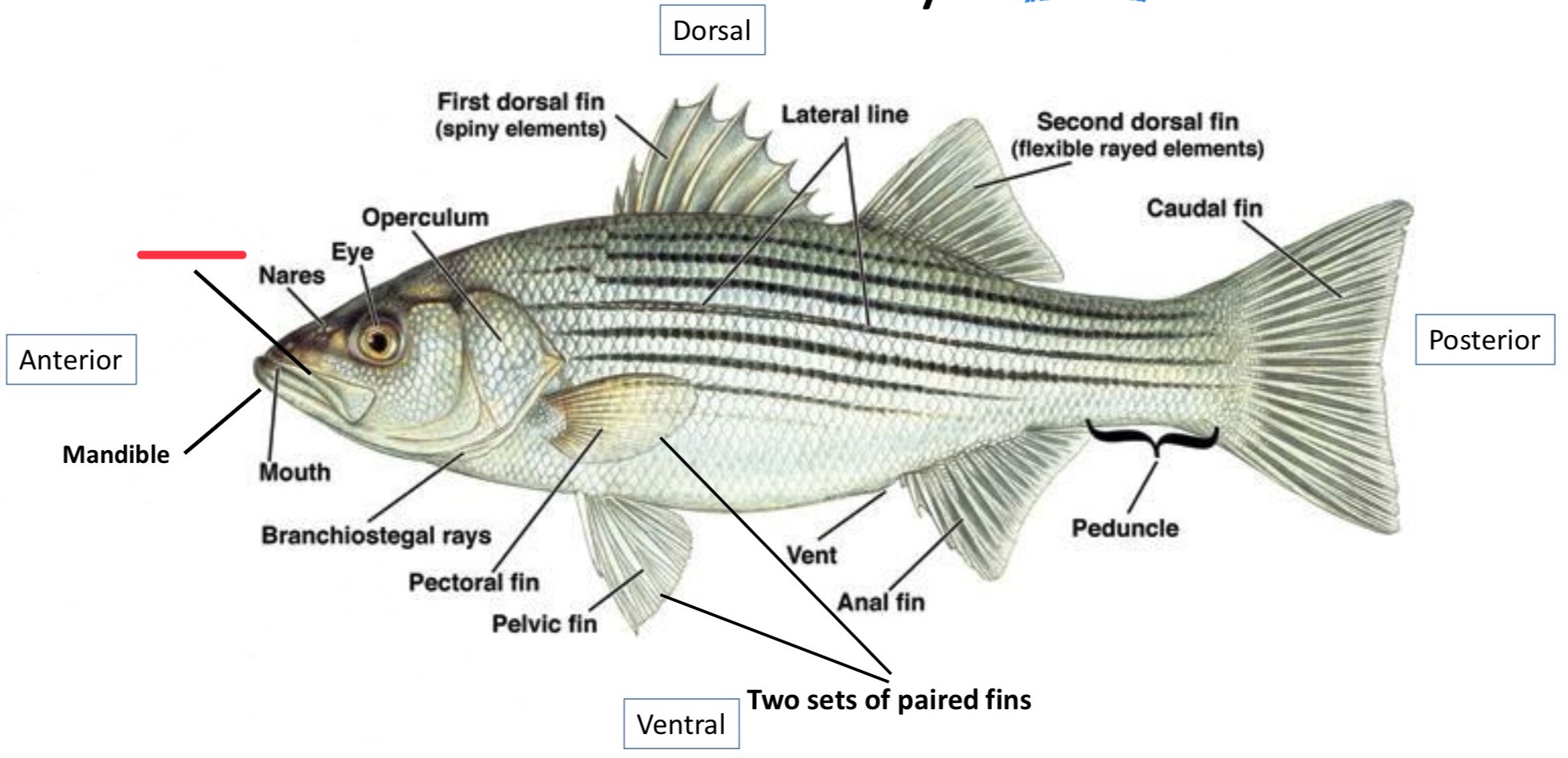
Nares
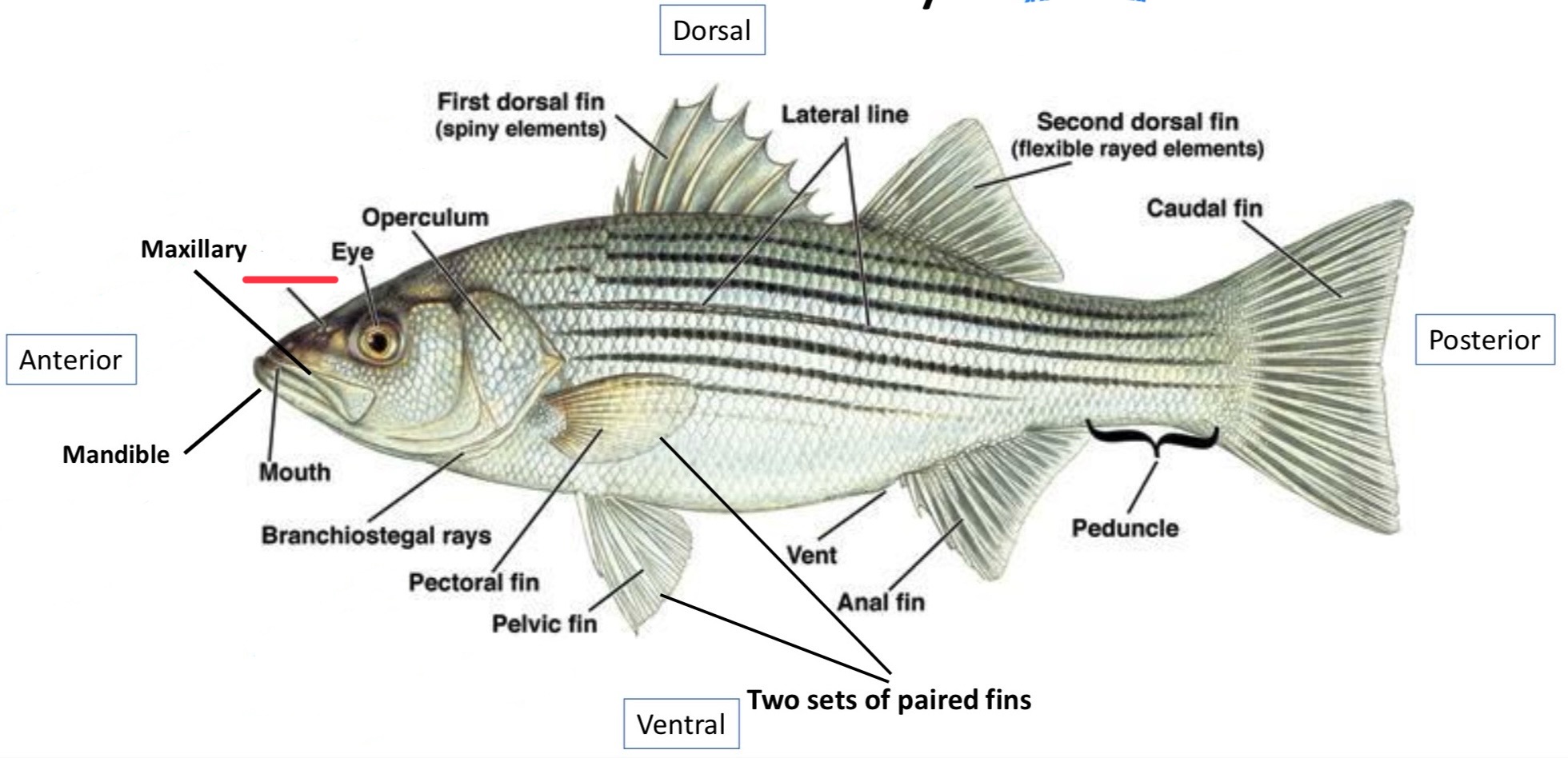
Mandible
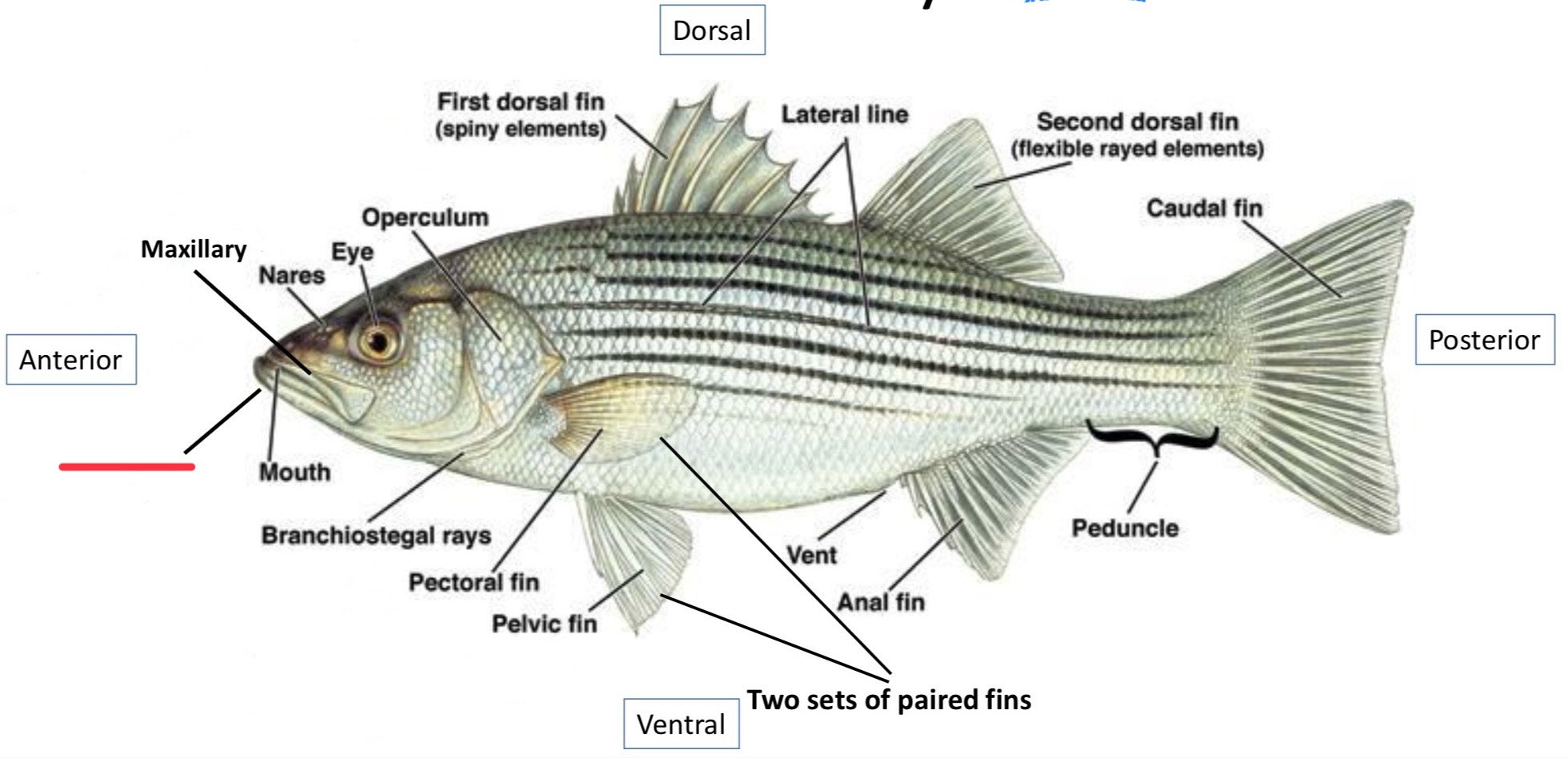
Operculum
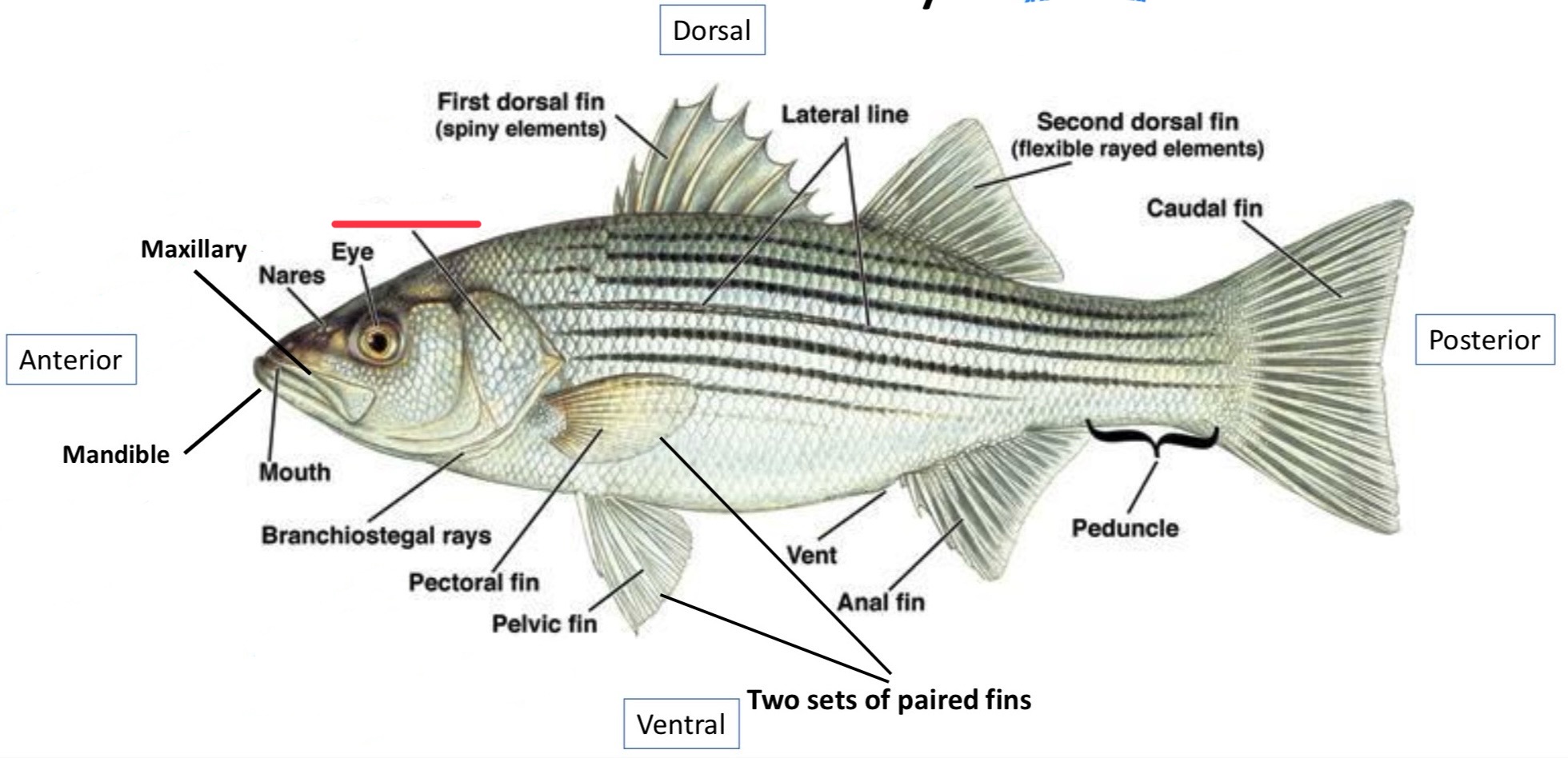
Branchiostegal rays
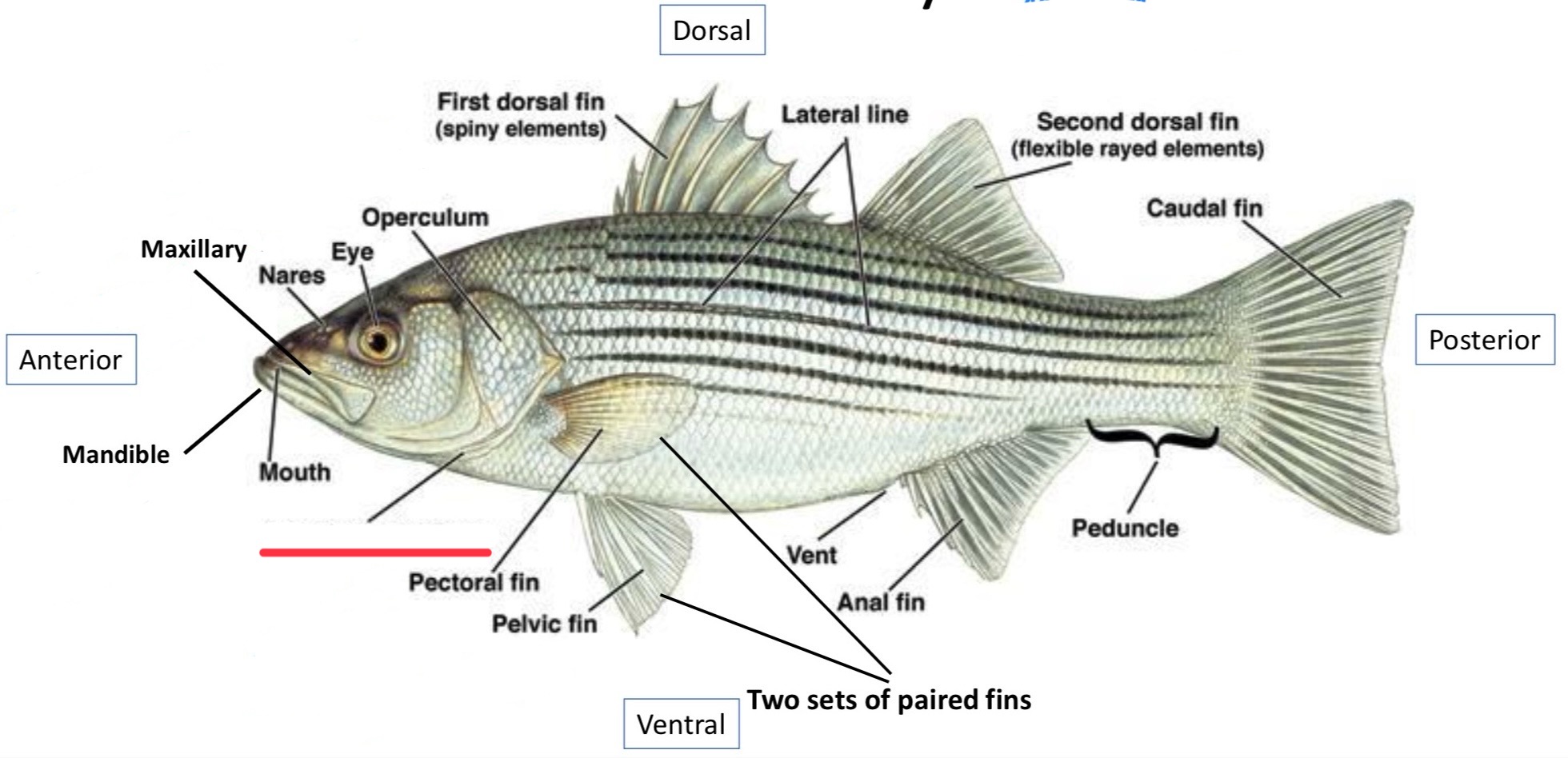
Pectoral fin
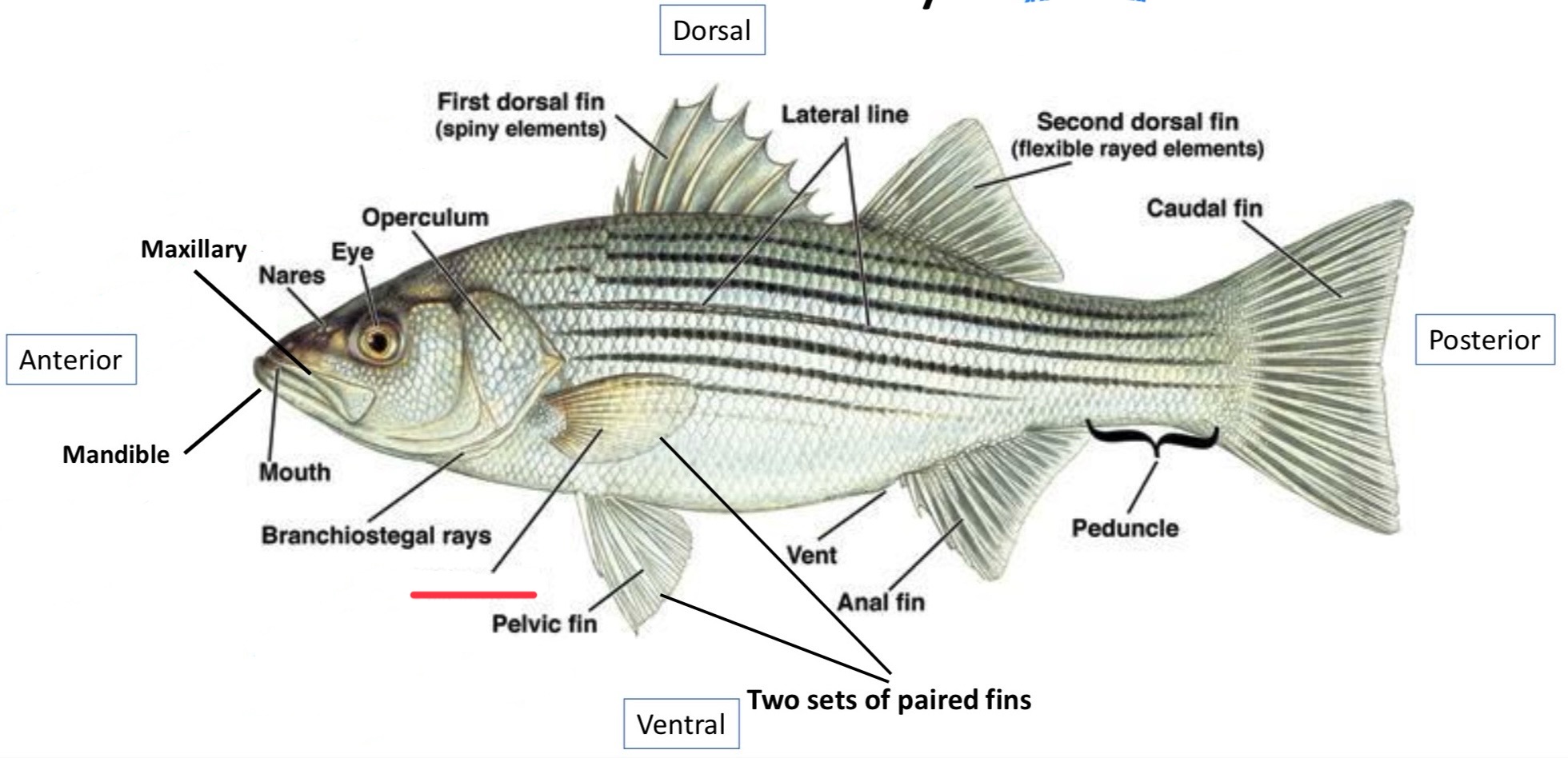
Pelvic fin
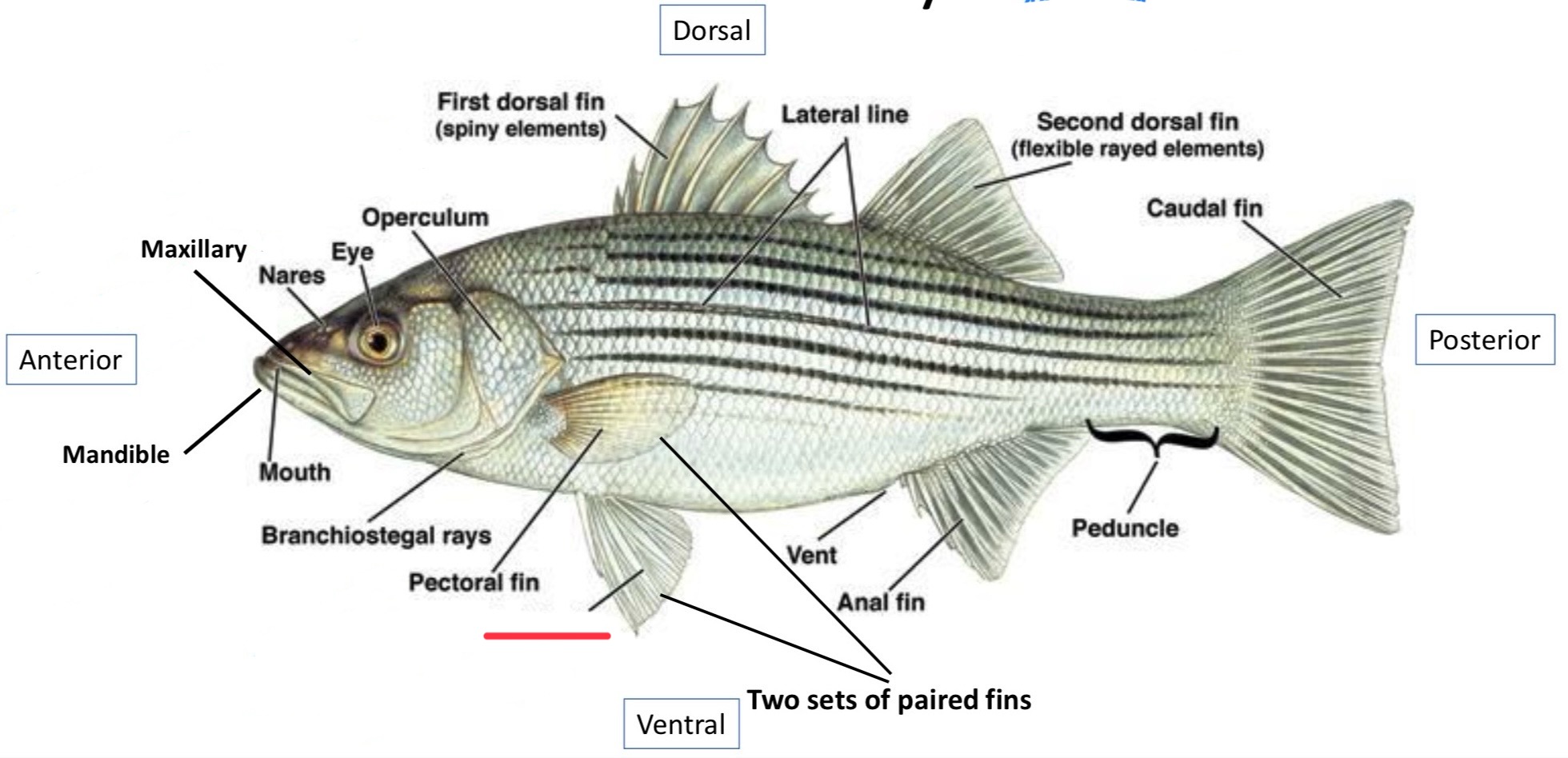
First dorsal fin
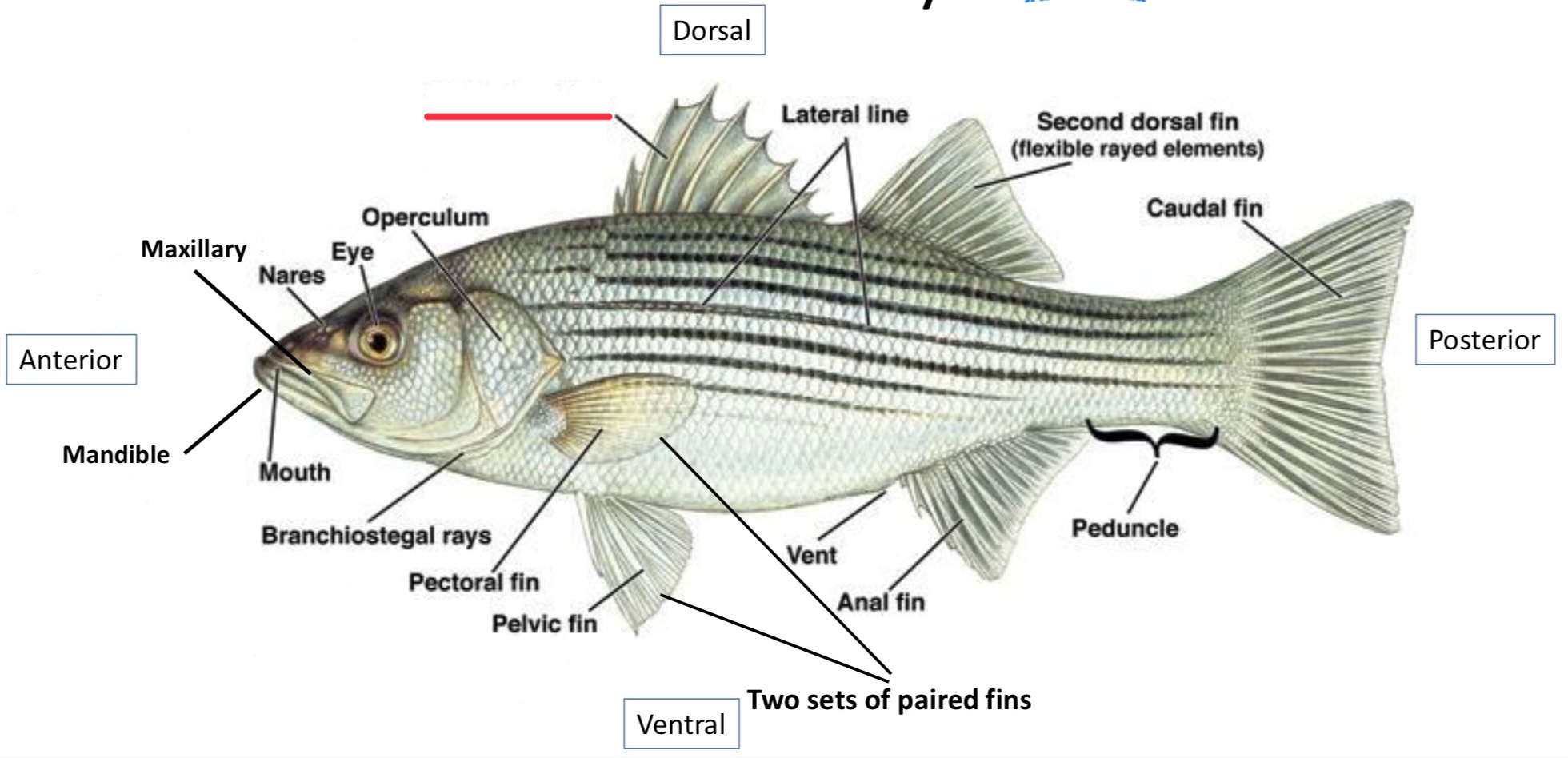
Lateral line
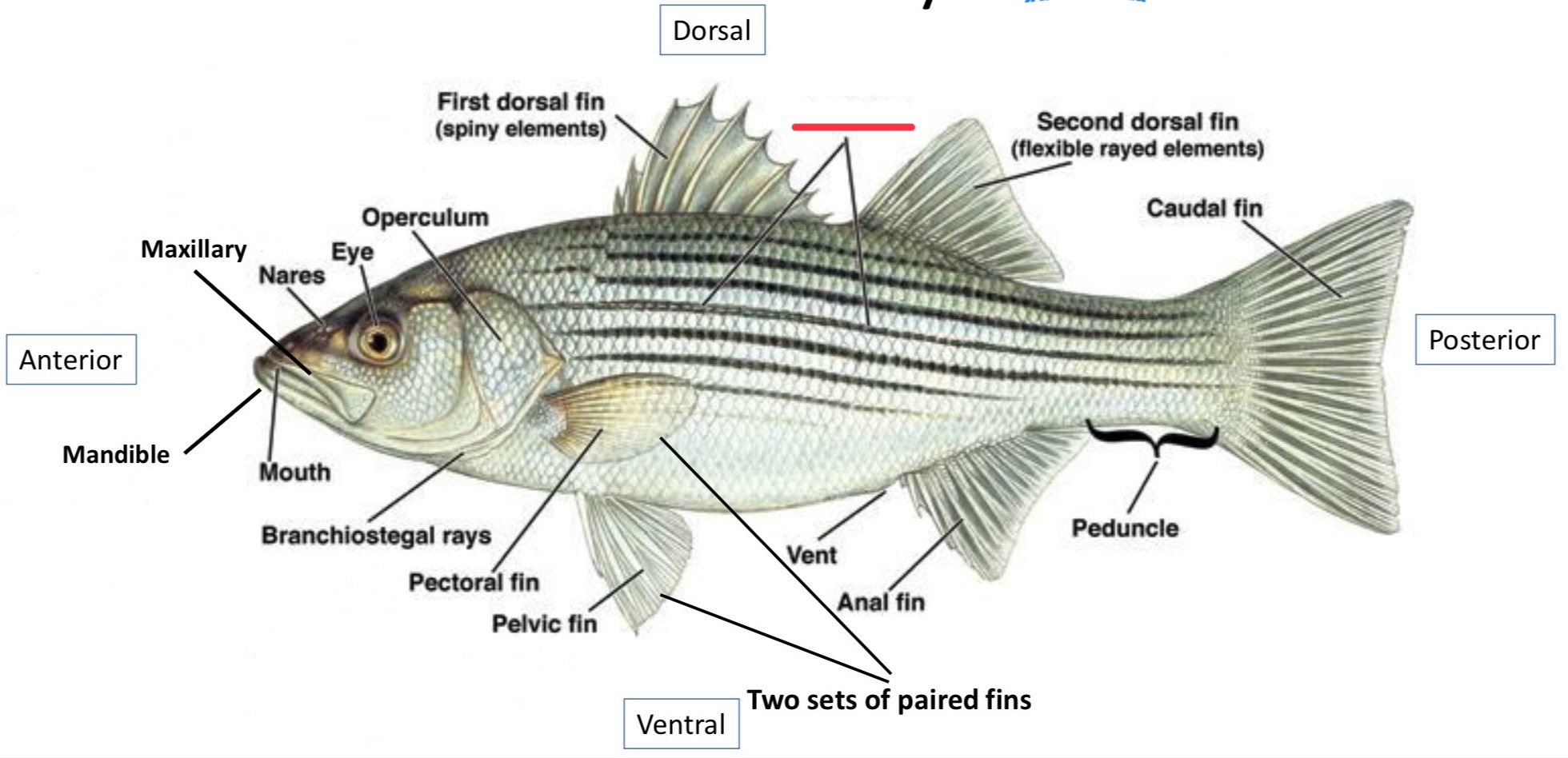
Second dorsal fin
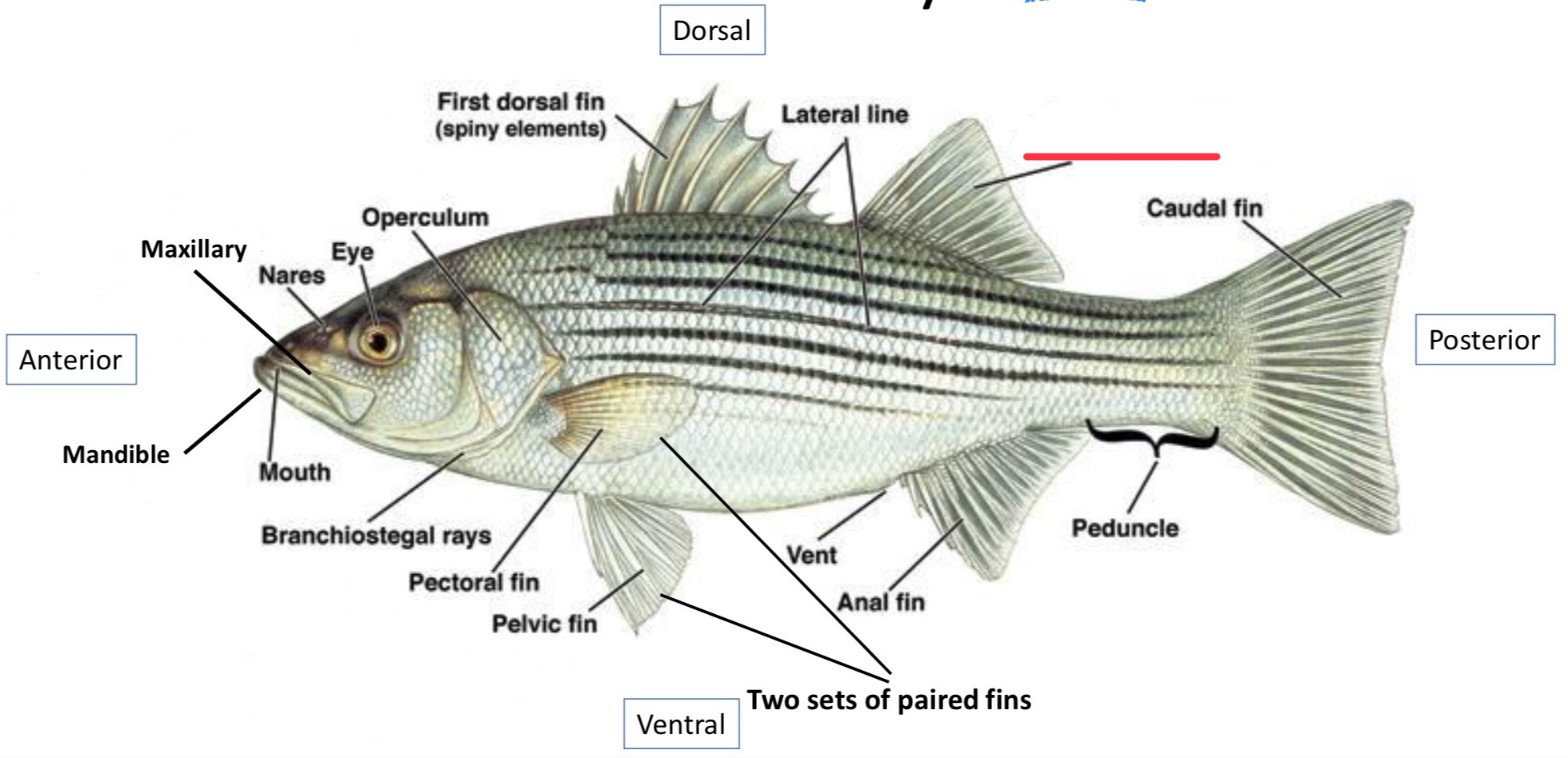
Caudal fin
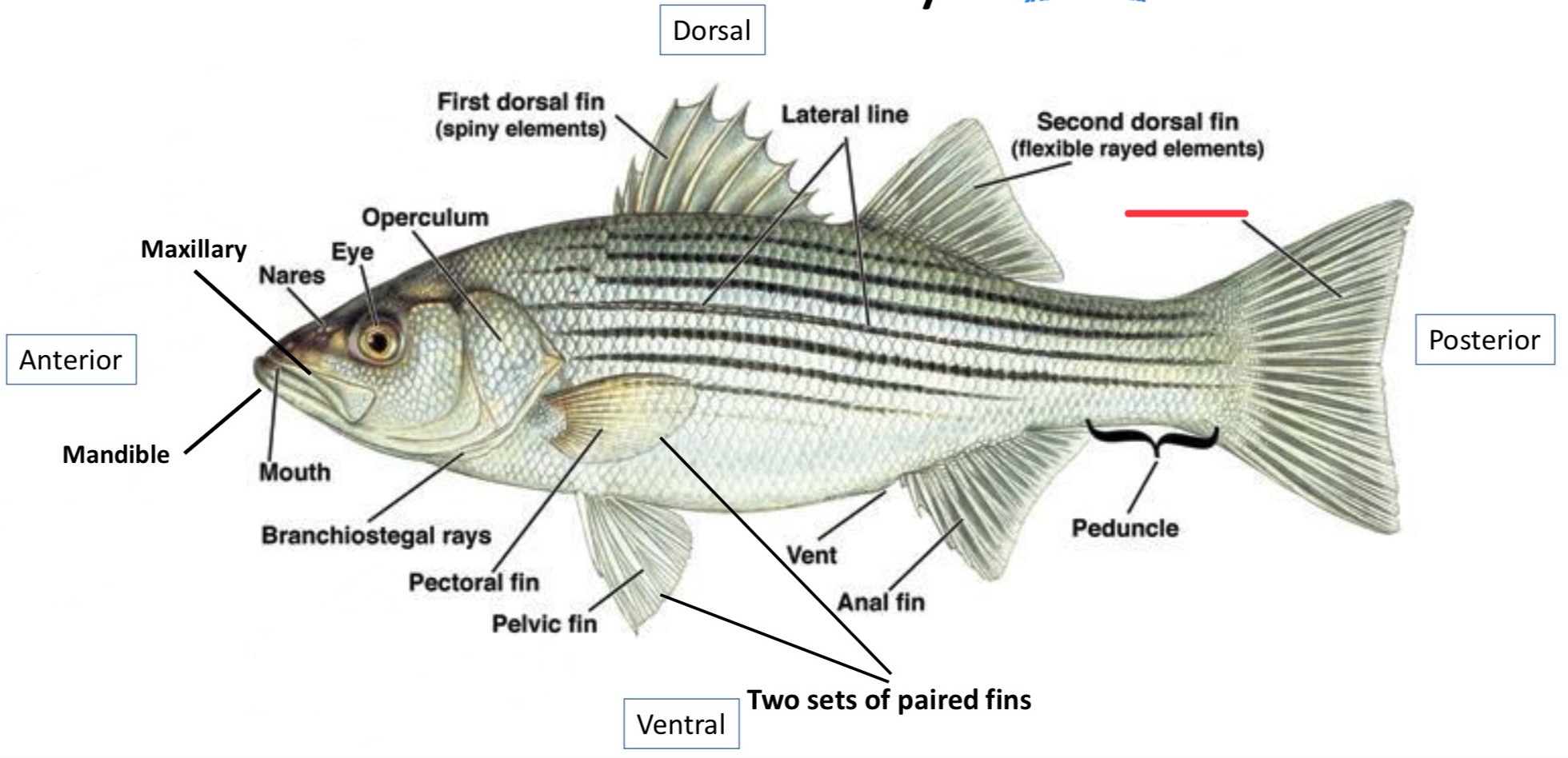
Vent
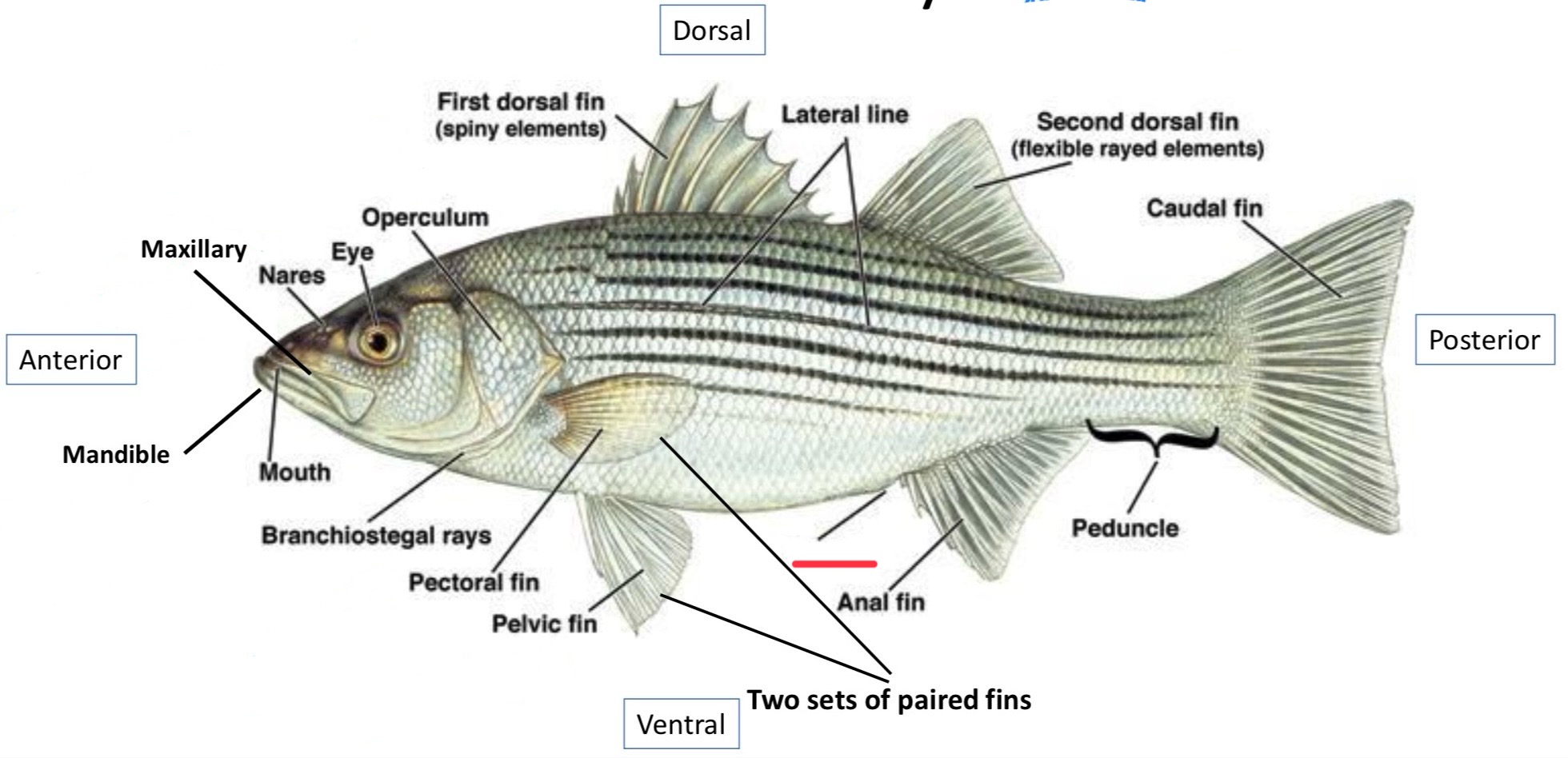
Anal fin
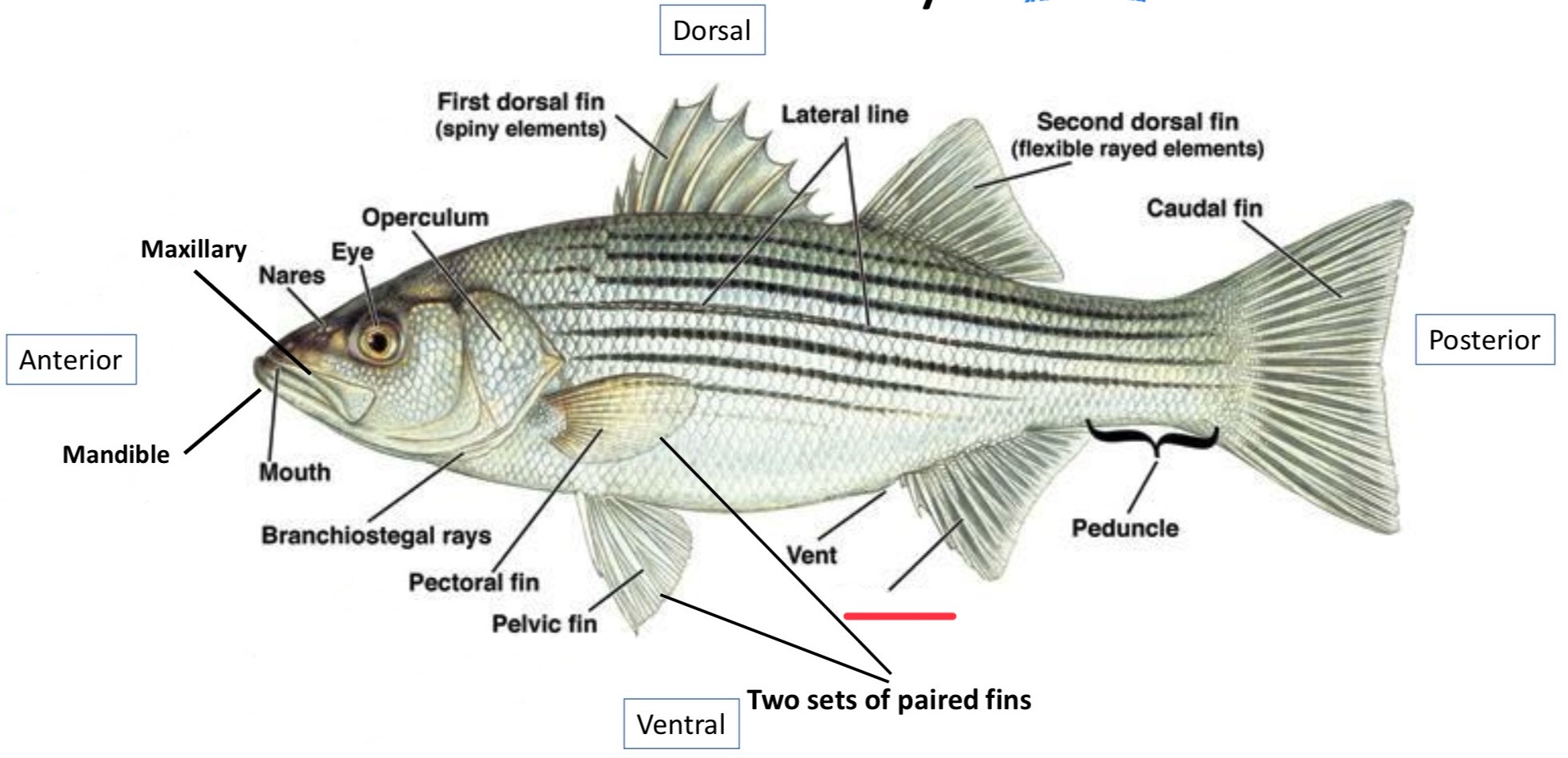
Peduncle
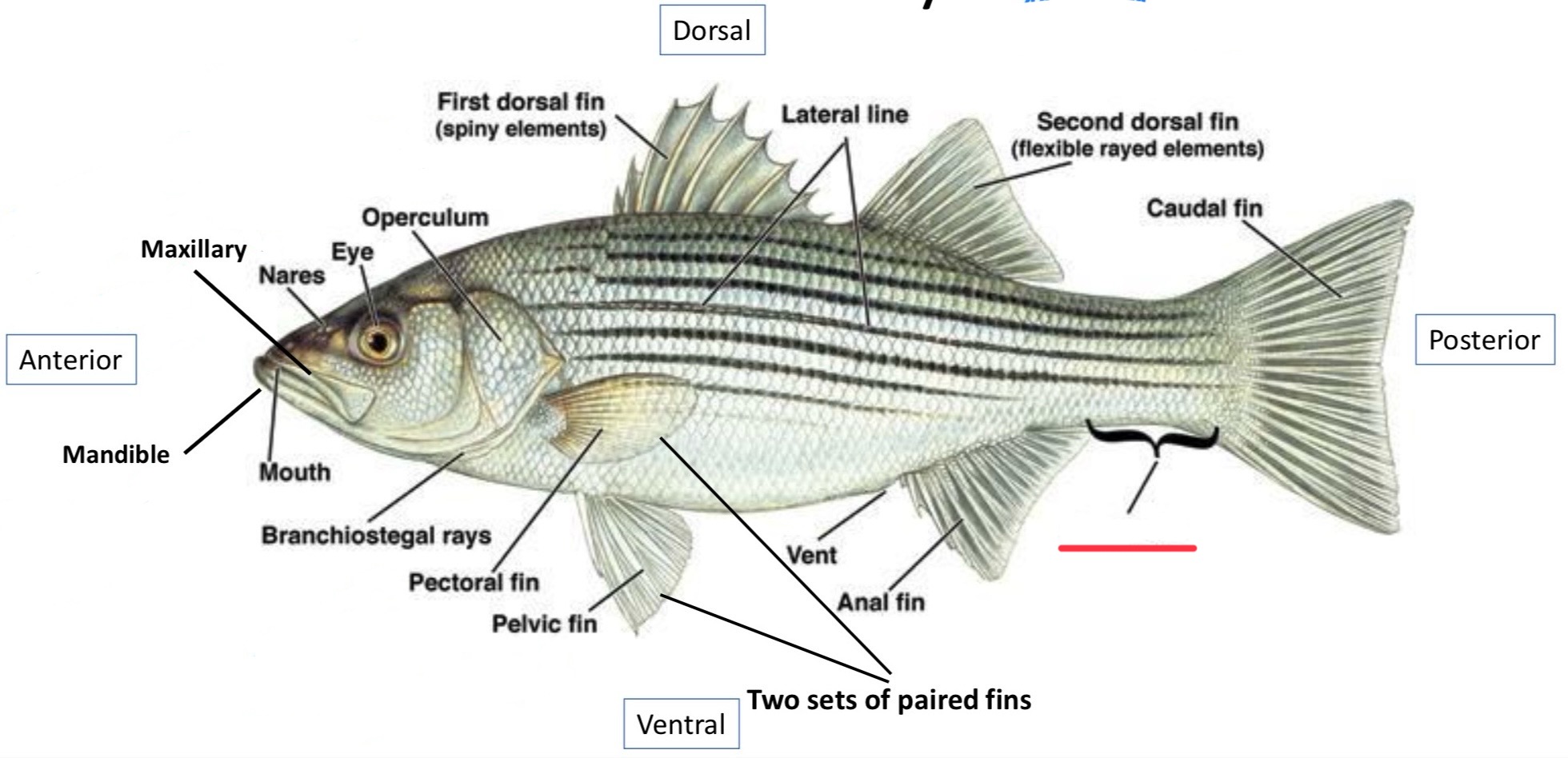
Spines
Bony, stiff, round, sharp and unsegmented
Found in Acanthopterygian fishes
Rays
Soft, flexible, segmented, and maybe branches
Found in Teleostian fishes
Undulated for movement
Rounded tail
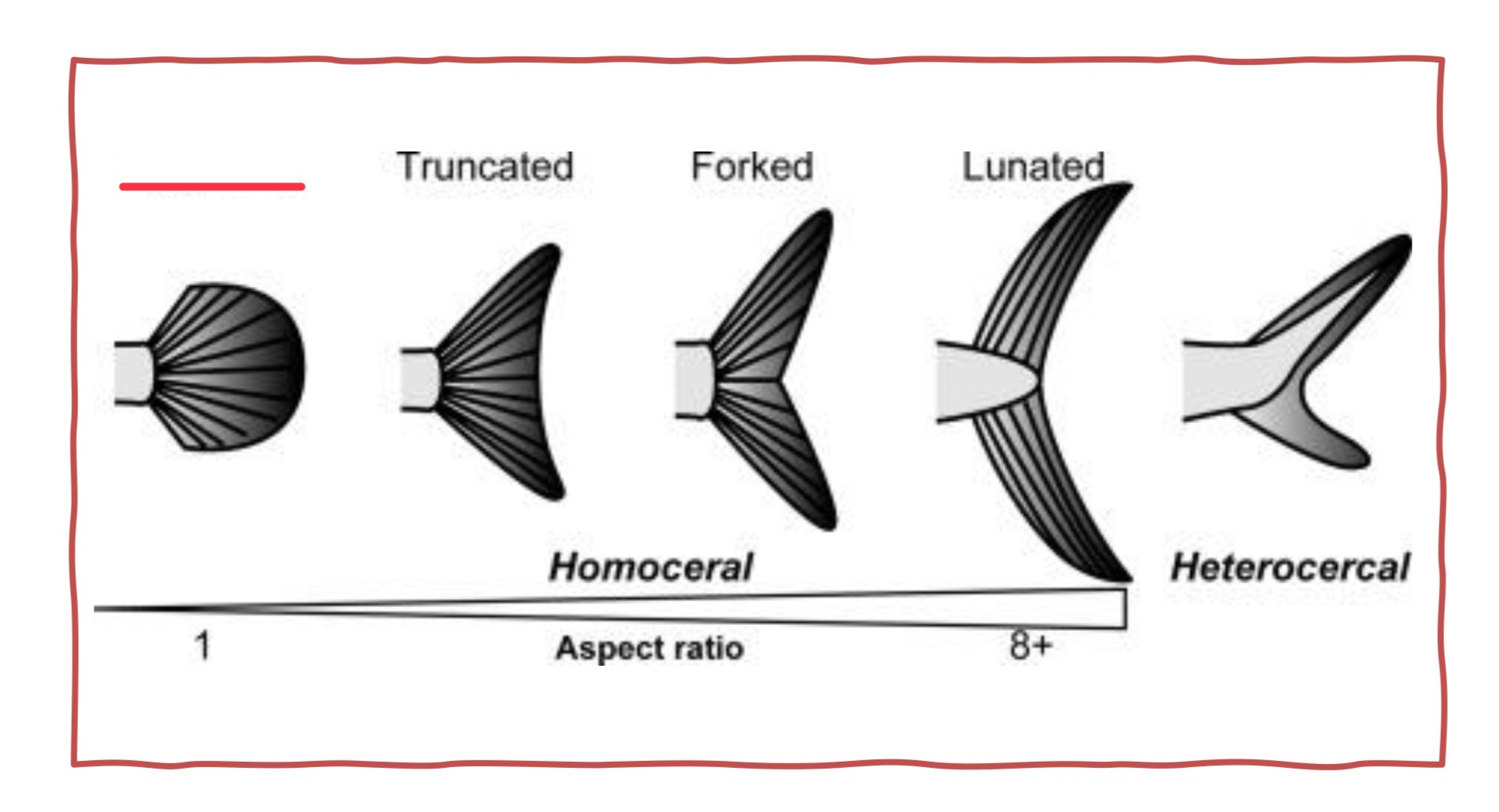
Truncated tail
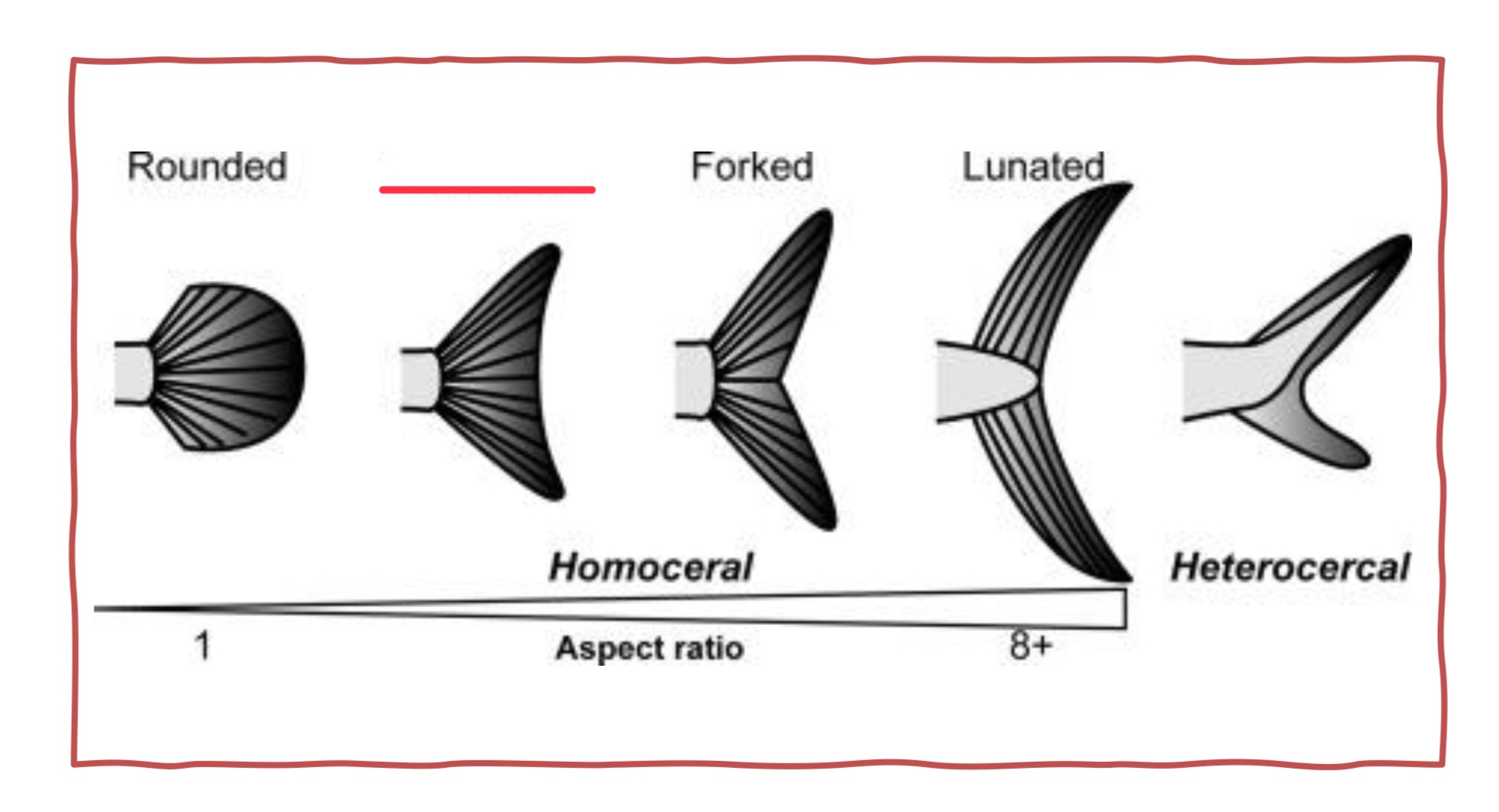
Forked tail
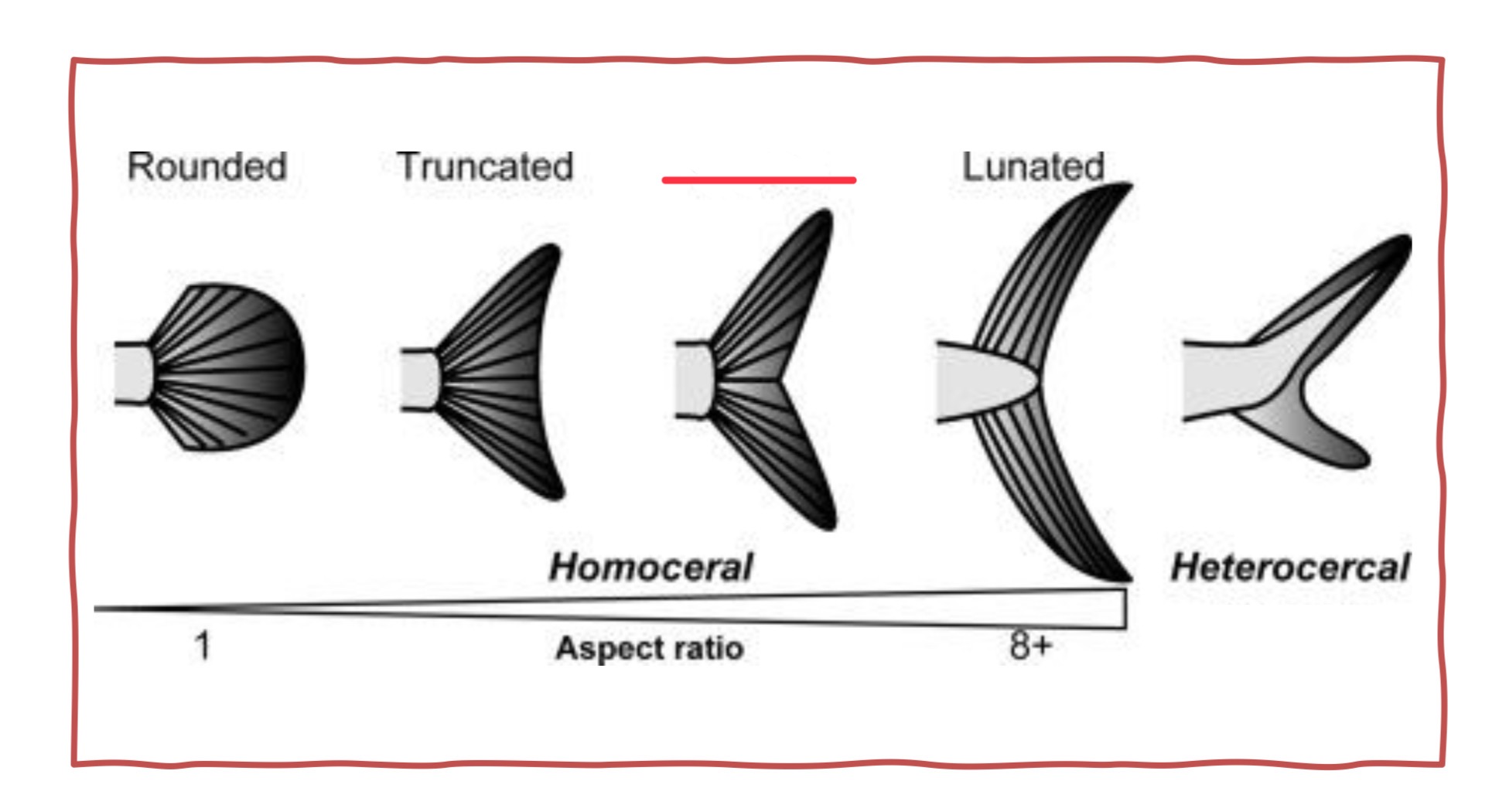
Lunated tail
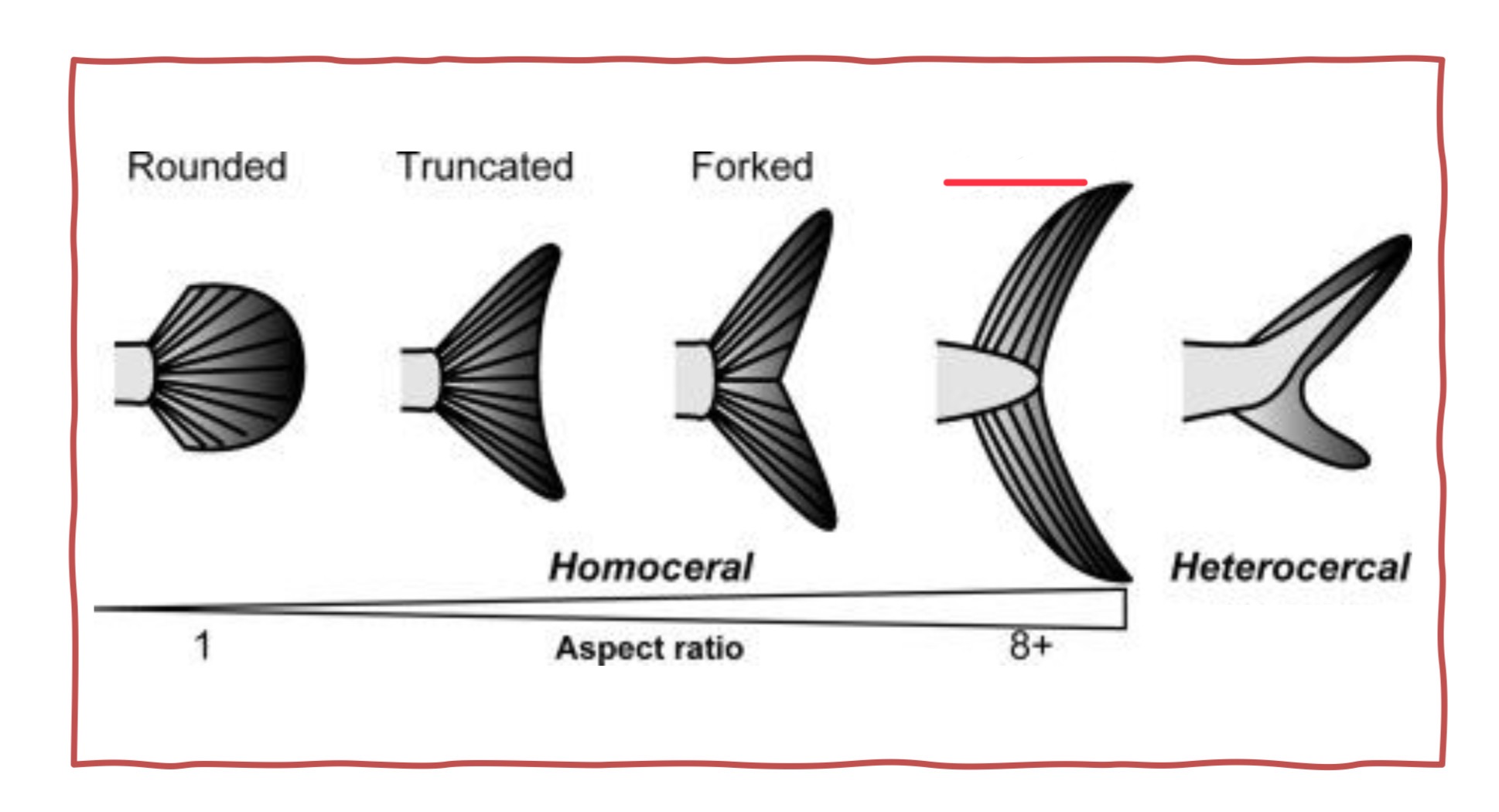
Heterocercal
